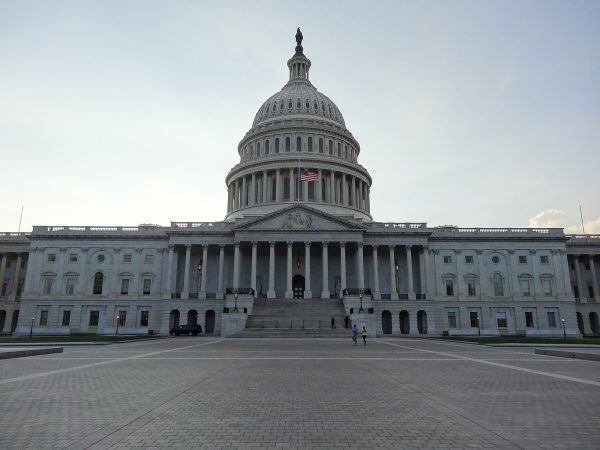Rethinking Our Political Ideologies
“Who’s further to the right, Rand Paul or John McCain?” This question began Associate Professor of Art and Art History Crispin Sartwell’s lecture “Against the Left-Right Spectrum” on Thursday, Nov. 14 in Denny Hall.
The audience seemed in agreement that Rand Paul was further to the right. But they were also confused as to what Rand Paul and John McCain had in common, other than being against Barack Obama.
That was Sartwell’s point. He distributed a diagram where certain political ideologies were arranged either on the left or on the right. What do fascism, religious fundamentalism and libertarianism have in common? “Absolutely nothing,” said Sartwell.
Looking to the left, Sartwell pointed out that it made no sense to have anarchism and Marxist communism on the same side, as the two are in complete disagreement.
Instead, Sartwell proposed a radically different way of looking at politics.
The left-right divide changed to a divide between hierarchical and anti-hierarchical.
Hierarchical ideologies include fascism, Marxist communism, and both the Democrats and Republicans. According to Sartwell, all these hierarchical realties are very similar.
“No dictator is a proletarian,” explained Sartwell.
Sartwell described his theory of “squishy totalitarianism,” which he said is shared by “contemporary China, the European Union, Russia and the United States.” Some of the traits of this type of society are a “merger of state and capital,” along with censorship, overwhelming police and military force, central banks and class systems.
The non-hierarchical ideologies include anarchism, libertarianism, the Tea Party and the Occupy movement. Sartwell said that they are “all possibilities that do not rest on coercion [or] all non-hierarchical possibilities.”




